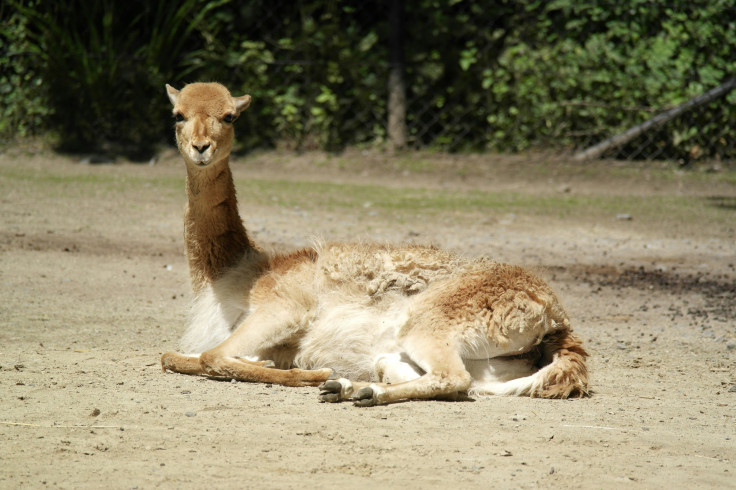
The global conversation surrounding cultural appropriation by major fashion brands, especially regarding indigenous traditions from Latin America, has garnered significant attention over the years. However, a new layer was recently added to this issue: the exploitation of individuals from these communities by large corporations, often requiring their unpaid and sometimes involuntary labor.
A special feature released by Bloomberg delves into the world of vicuña sweaters production, illustrating the enormous gap between the most exclusive garment brands and what indigenous individuals who contribute to making them get from it.
While a 75-year-old indigenous farmer woman in Peru is expected to herd wild vicuñas for miles on a remote plain 13,000 feet above sea level as a community service free of charge, the sweaters made with her production can be sold for $9,000.
That is the price of a single vicuña sweater by fashion house Loro Piana in the U.S., according to Bloomberg. The agency highlighted that the price the company pays the community for the equivalent amount of fiber is only $280.
However, that money is administered by the community leaders, who claim there is not enough to pay the woman. The village expects her to work as a volunteer as part of a longstanding tradition.

Loro Piana is not the first fashion brand to get massive benefit from Latin American indigenous traditions for little to no money.
For example, Mexico has accused international fashion brands like Zara, Anthropologie, and Patowl of cultural appropriation, claiming that they use patterns from indigenous groups in their designs without benefiting the communities involved.
Another case is the Panama hat, known and sold worldwide by that name after President Roosevelt was seen wearing one in 1906 in the Panama Canal. However, the origins of the hat can be traced back to the indigenous weavers of Ecuador, who have never received recognition or compensation for the sale of their creation, advocates say.
The Richest Man's "Fiber of the Gods"
The vicuña is a wild camelid that inhabits the Andean highlands of Argentina, Peru, Bolivia, Chile, and Ecuador. It was on the brink of extinction due to poaching initiated during Spanish colonization and perpetuated for centuries, but in recent decades various pieces of legislation have contributed to their recovery.
Loro Piana, which refers to vicuña as "the fiber of the gods," is part of the luxury conglomerate LVMH Moët Hennessy Louis Vuitton SE and is overseen by Bernard Arnault, the second richest man in the world, with a net worth of almost $200 billion according to the latest estimation of the Bloomberg Billionaires Index.
The trade has brought minimal benefits to the 2,700 residents of the aforementioned indigenous village cited, according to Bloomberg's article. The majority of houses are constructed from mud and lack plumbing, and while older residents continue to engage in subsistence farming, younger individuals either migrate to urban areas or seek employment in the unregulated and frequently hazardous gold mines scattered throughout the region.
© 2024 Latin Times. All rights reserved. Do not reproduce without permission.







